
Space Exploration Now
ARTICLES | Oct 05, 2023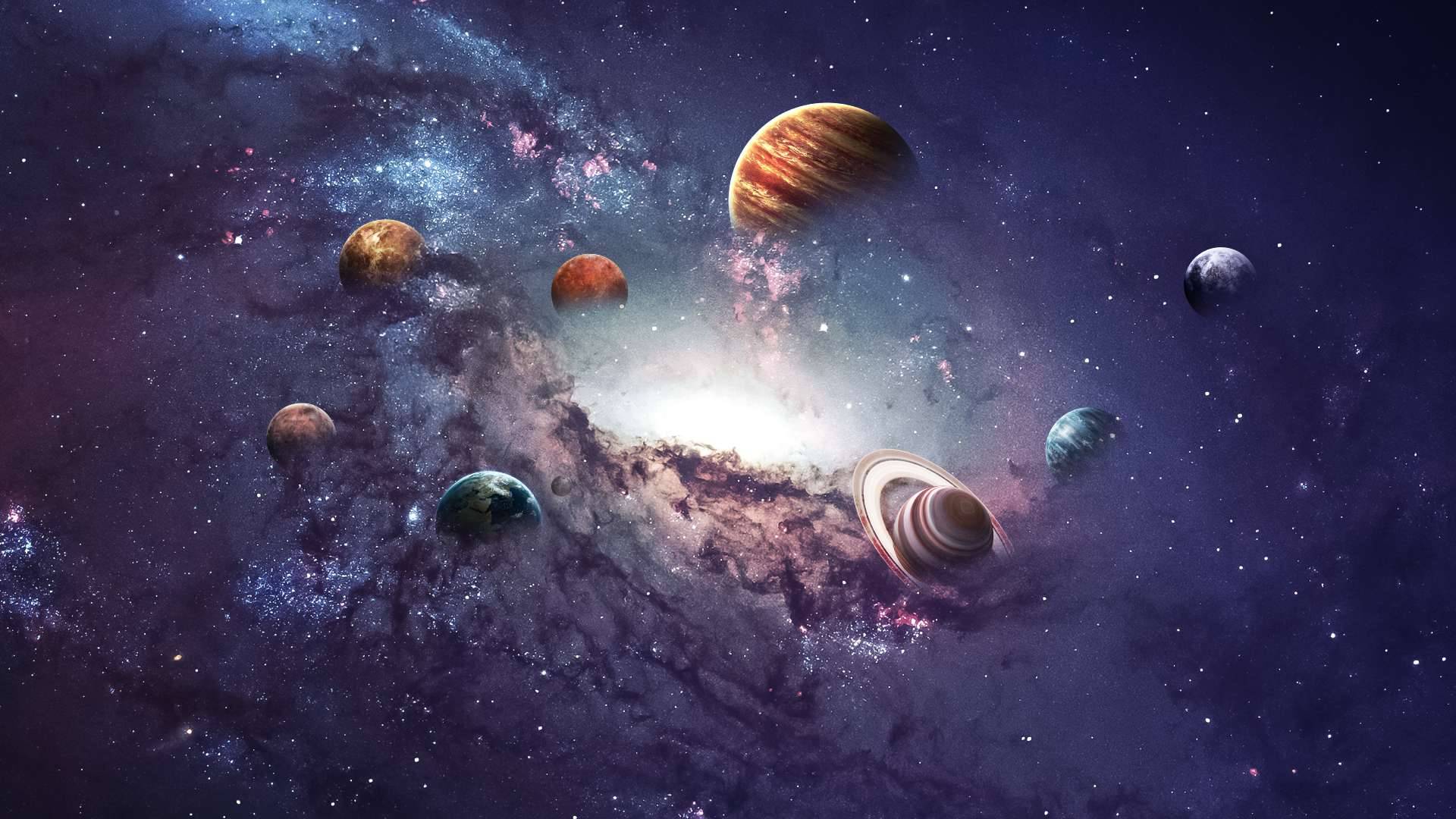
After looking back over the history of space exploration, let’s now discover the current “Space Movement”, which can be explored through 5 dimensions:
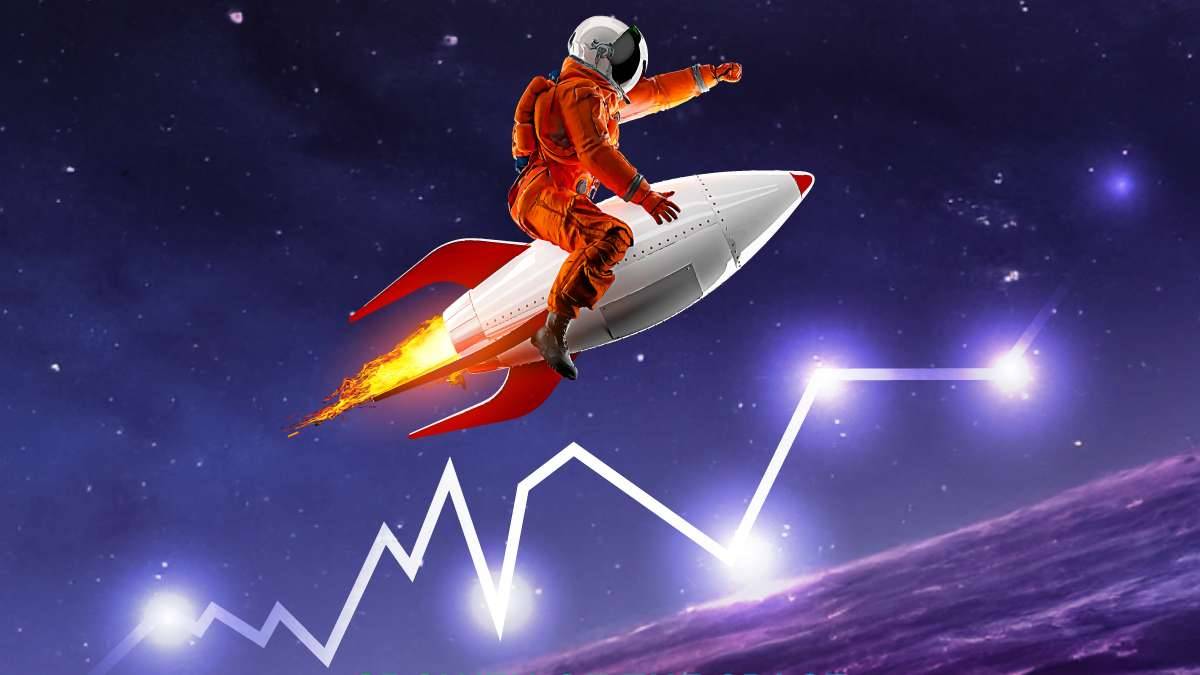
1.Growth of the Space Economy and Democratization
The space economy was worth an estimated $469 billion in 2021, with both companies and individuals drawn to space exploration. With space study programs and experiments by researchers in space, the space industry is becoming more democratized to include non-military, non-government, civilian, and citizen space travelers as never before in the history of space exploration.
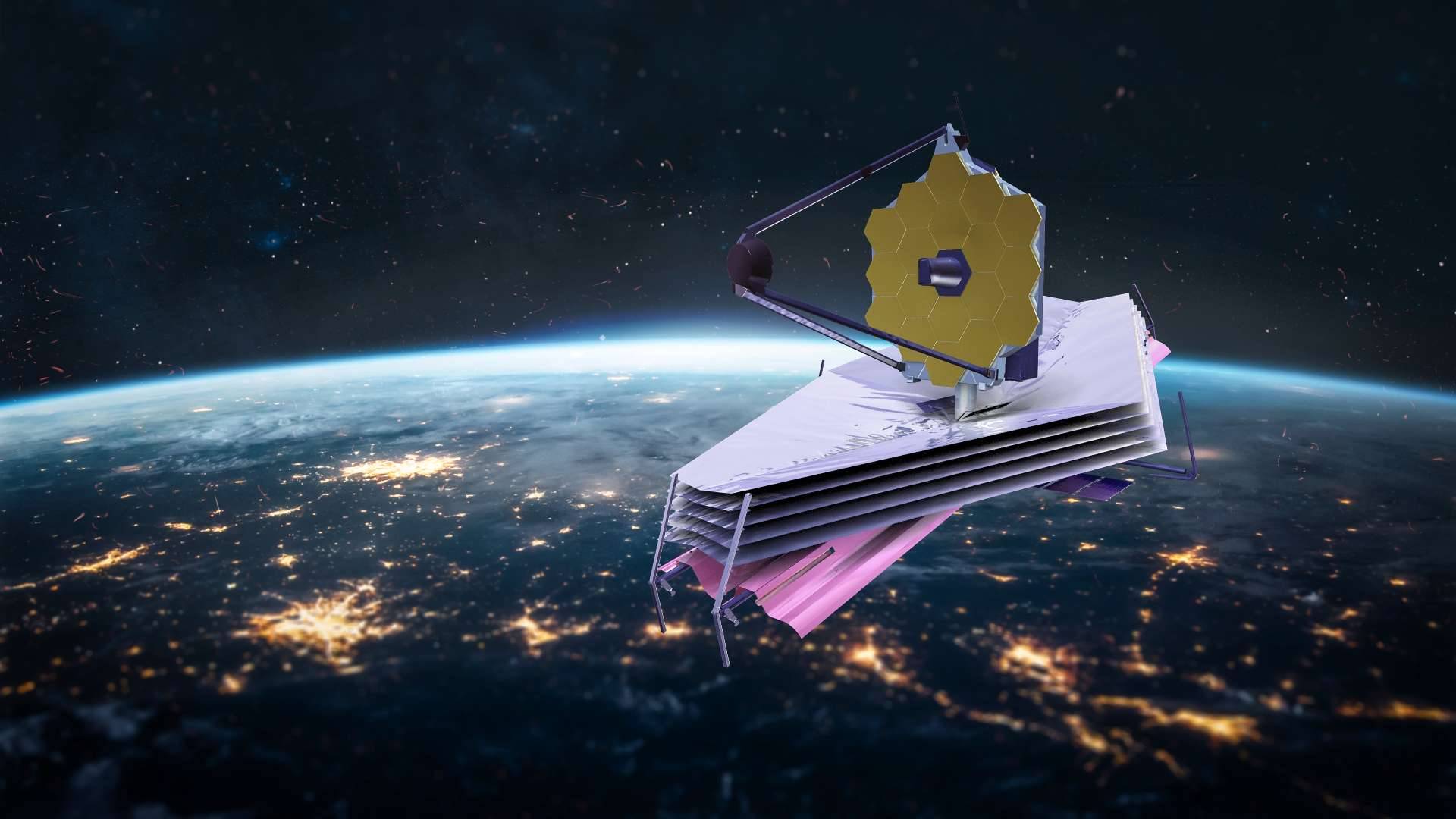
2.Pushing Frontier of Space Exploration
In recent years, the frontier has been significantly driven by activities such as sending next-generation rovers and landers to Mars (Perseverance, 2020), launching the James Webb Space Telescope (2022) to take a snapshot of the earliest moment of the universe, and redirecting an asteroid with the DART mission (2022).
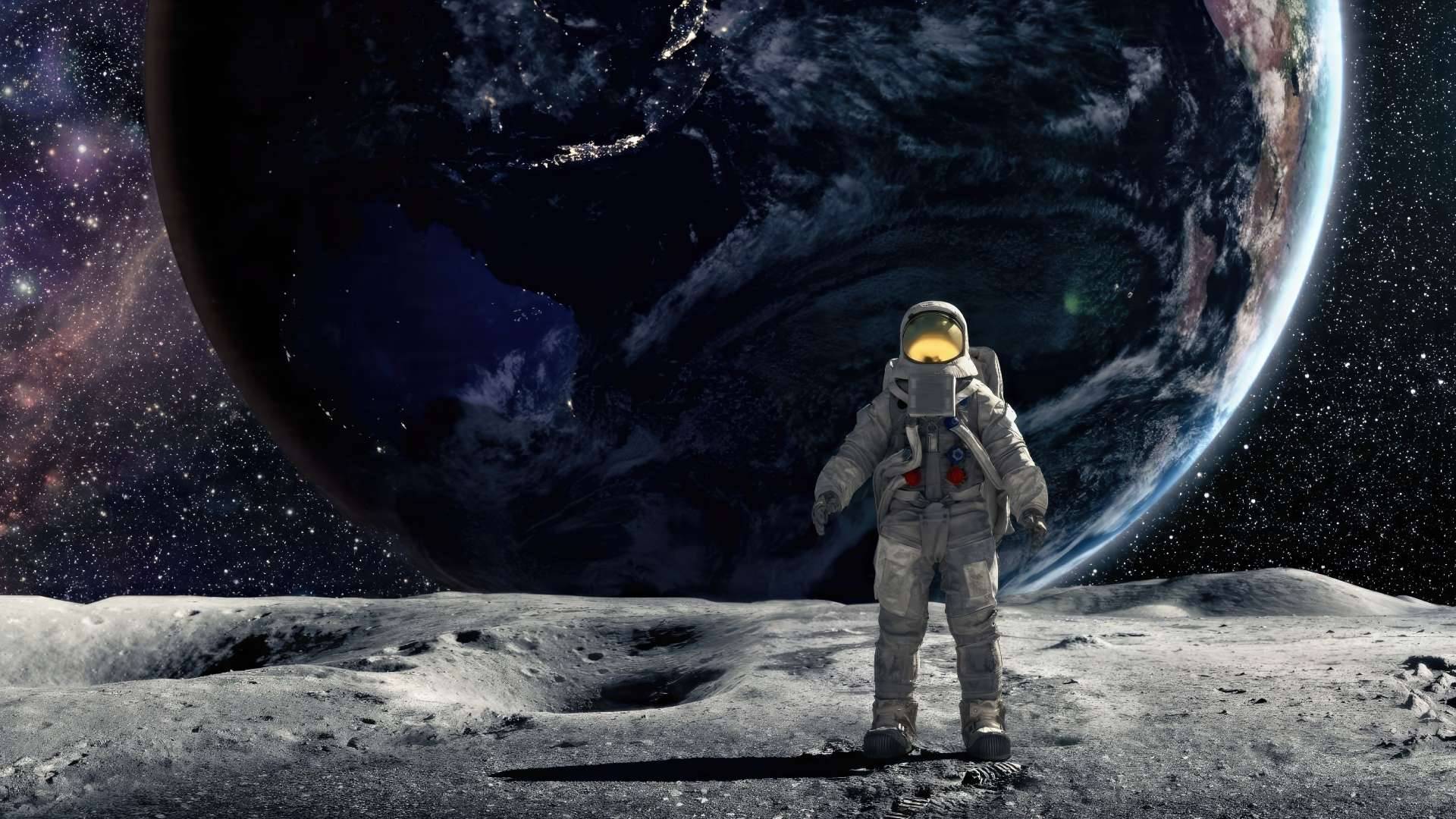
3. Clear Path to the Next Destination
Exploration of the moon, put on hold since the Apollo era, has revived with the discovery of ice underground and in the polar region in the late 2010s, making it a clear and high-demand destination. NASA in 2019 announced an ambitious plan for the Artemis program to land another group of humans on the lunar surface. The private sector also participated when Google announced the Lunar X Prize in 2007, offering a $20 million reward to companies or researchers who can land a working robotic rover and drive 500 meters from the landing spot beaming high-definition videos and photos back to Earth.

4. Geopolitics in Space
Geopolitics also plays a significant role in space movement as on Earth. The two opposing geopolitical spheres also dominate space. China National Space Administration (CNSA), with capabilities such as building the fully sustainable Tian Gong space station in low Earth orbit and landing a robotic spacecraft on Mars, has long been banned from the International Space Station program. Russia’s announcement in 2029 of a collaboration with CNSA, however, might spark a new race between the two poles of authoritarianism and democracy.
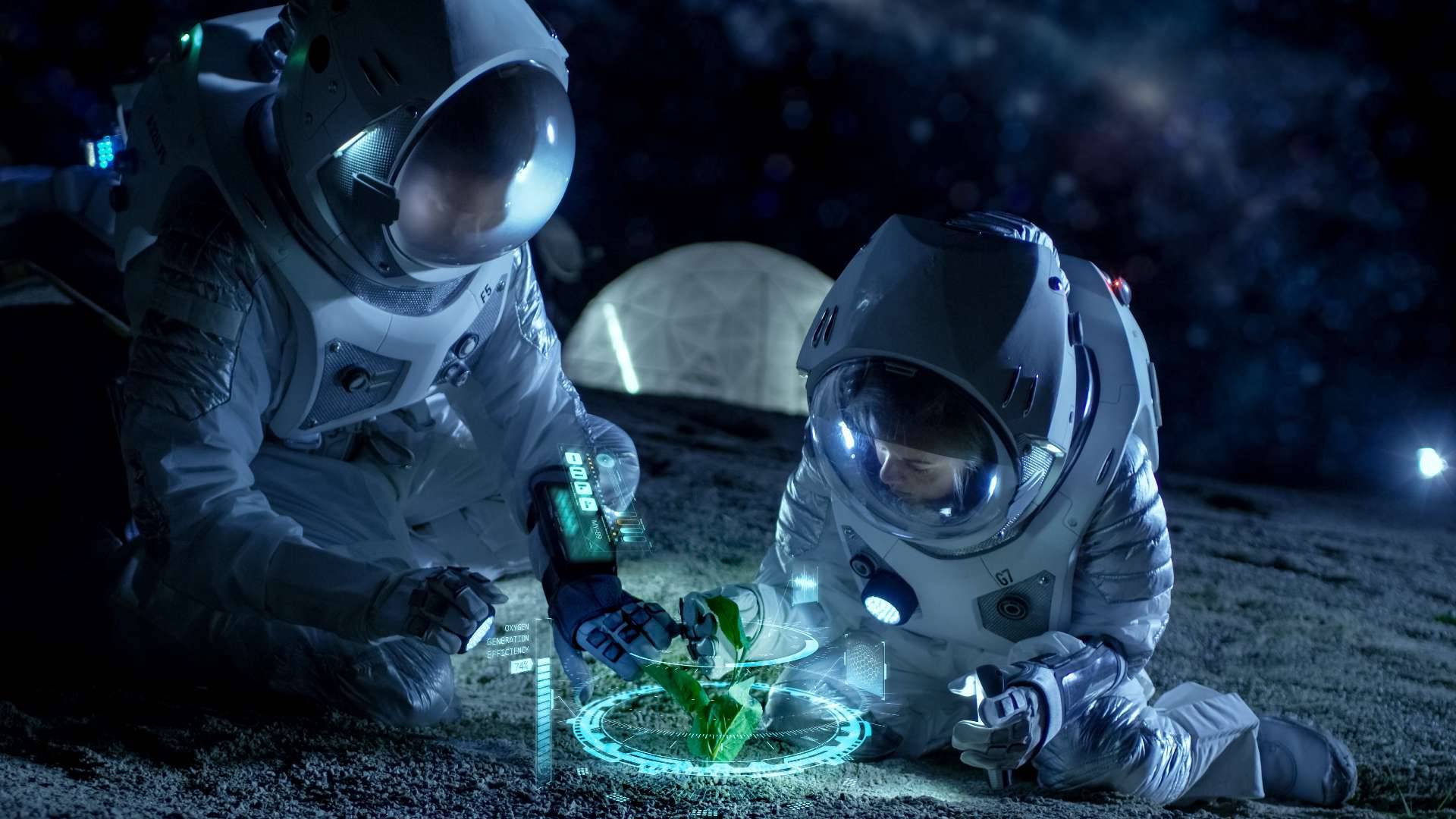
5. Key Technology
Key technologies must be realized to achieve the current goals of going back to the moon, making a first trip to Mars, sustaining long-term space travel, and understanding the frontier science and philosophy of the universe. Rocket and launch capabilities, higher-performance and efficient computing systems, biotechnology enhancement, precision mechanical engineering, and next-generation power source energy management are all important elements to drive “Space Movement” forward.
Read more: Space exploration https://www.futuretaleslab.com/.../futureofspacemovement2060
Want to know more about us, click https://www.facebook.com/FutureTalesLABbyMQDC and https://www.blockdit.com/futuretaleslab











